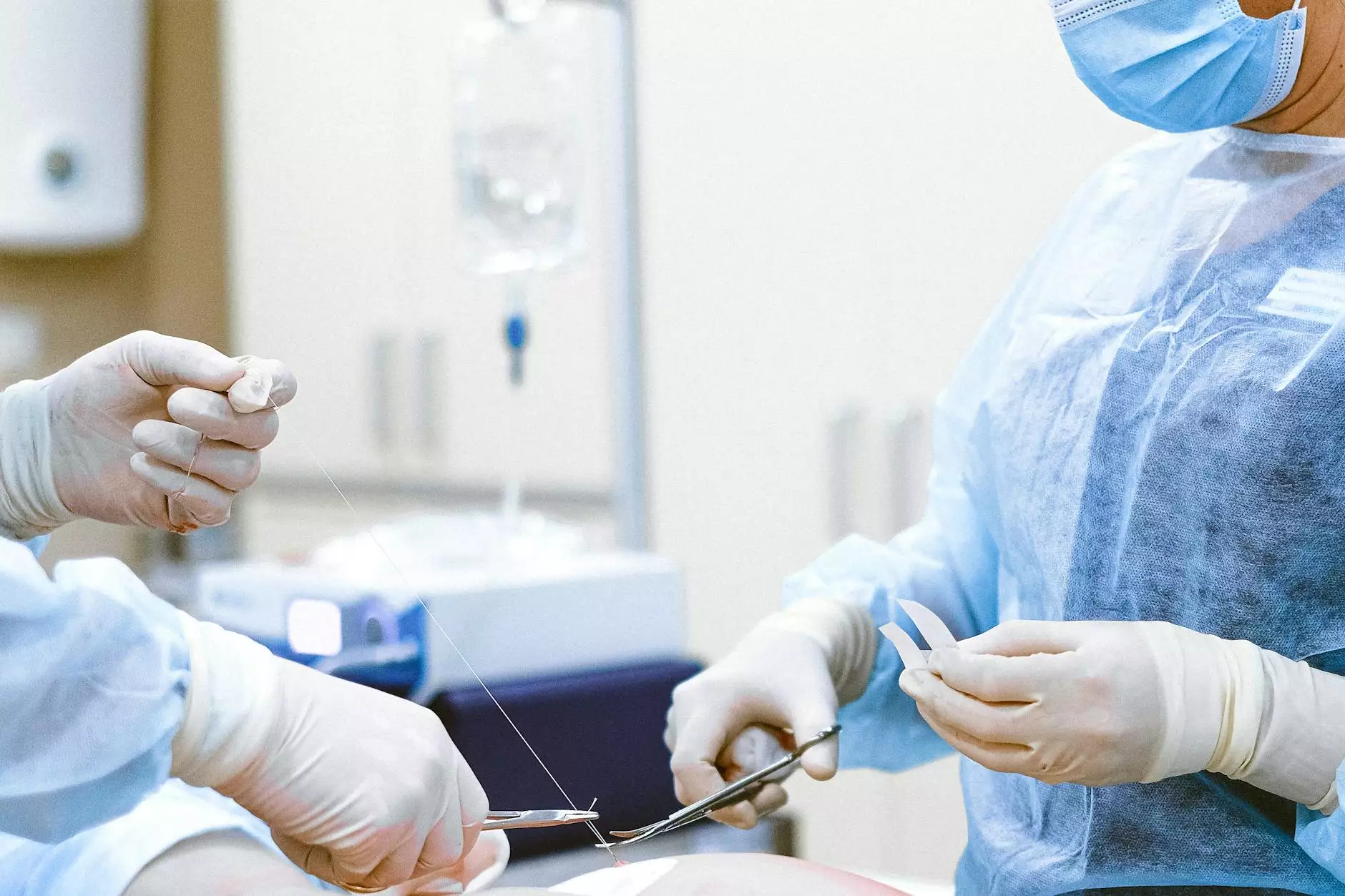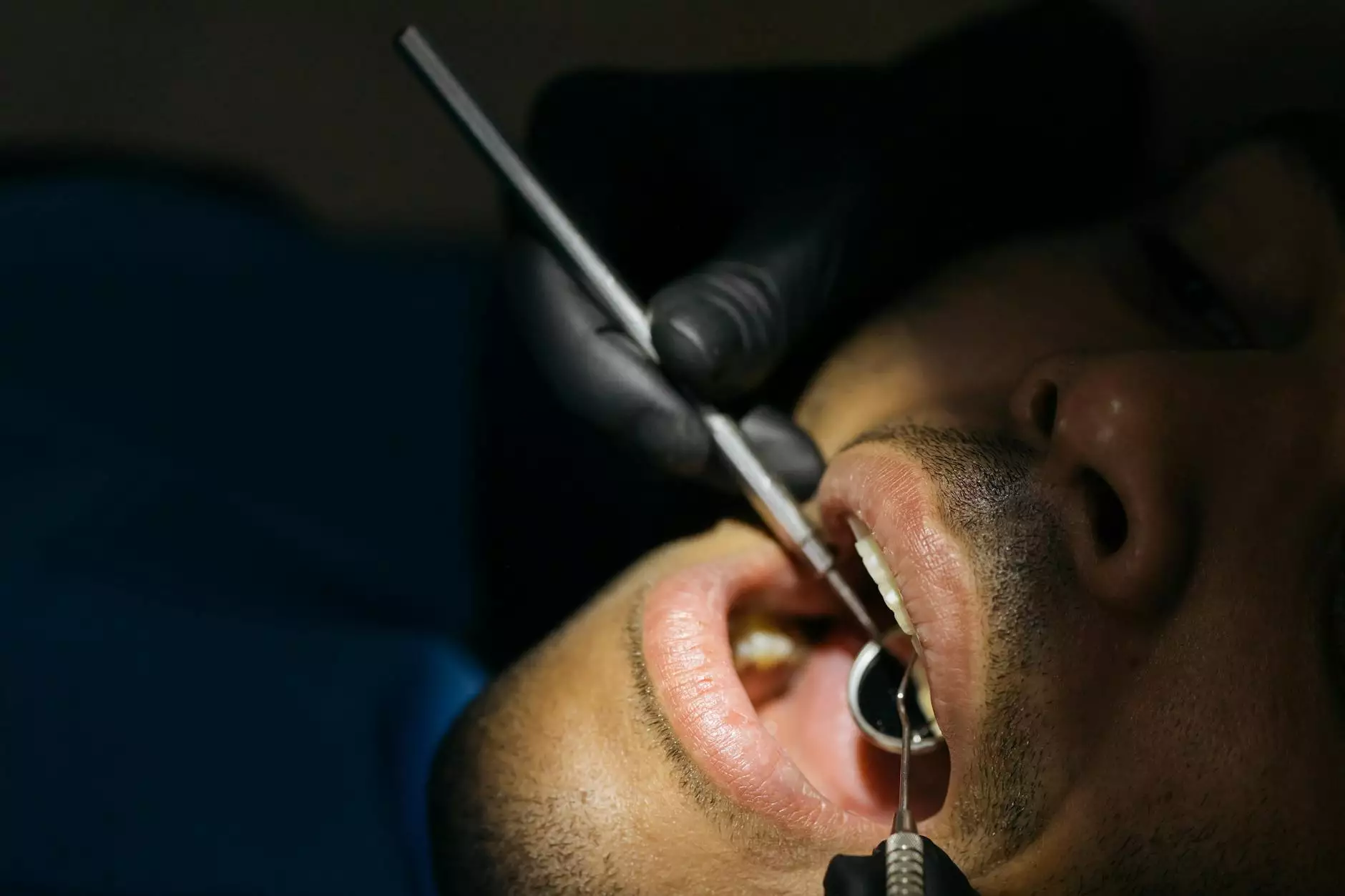Understanding Hystero-Salpingo-Oophorectomy: A Comprehensive Guide

Hystero-salpingo-oophorectomy is a crucial surgical procedure that involves the removal of three significant reproductive organs: the uterus, fallopian tubes, and ovaries. Understanding this procedure's intricacies is vital for both healthcare professionals and patients alike. In this comprehensive guide, we will explore the rationale behind the surgery, the procedure itself, recovery processes, and potential risks and benefits associated with it.
What is Hystero-Salpingo-Oophorectomy?
The term hystero-salpingo-oophorectomy combines three medical terms: hysterectomy (removal of the uterus), salpingectomy (removal of the fallopian tubes), and oophorectomy (removal of the ovaries). This procedure is primarily indicated for certain medical conditions that affect women's reproductive health.
Indications for Hystero-Salpingo-Oophorectomy
There are several reasons why a doctor may recommend a hystero-salpingo-oophorectomy:
- Gynecological Cancers: The most common reason for this surgery is the treatment of cancers, such as ovarian, uterine, or fallopian tube cancer.
- Endometriosis: Severe cases of endometriosis, where endometrial tissue grows outside the uterus, can necessitate this procedure.
- Uterine Fibroids: These noncancerous growths can lead to severe symptoms, and if they are large or numerous, removal may be necessary.
- Chronic Pelvic Pain: In some patients, chronic pelvic pain may warrant the removal of reproductive organs as a last resort.
- Ovarian Cysts: Persistent or problematic ovarian cysts can lead to this surgical approach as well.
The Surgical Procedure
The hystero-salpingo-oophorectomy is usually performed under general anesthesia, and the specifics of the surgery can vary based on individual circumstances. There are two primary approaches:
1. Abdominal Hystero-Salpingo-Oophorectomy
In this method, the surgeon makes an incision in the abdomen to access the reproductive organs. This approach is often used for larger masses or when cancer is present.
2. Laparoscopic Hystero-Salpingo-Oophorectomy
A minimally invasive option, laparoscopic surgery involves several small incisions through which specialized instruments and a camera are inserted. This technique generally leads to less pain and quicker recovery times.
Preparation for the Procedure
Prior to the surgery, patients should expect a thorough evaluation, which may include:
- Medical History Review: A comprehensive review of the patient's health history and current medications.
- Physical Examination: A full physical check-up to assess overall health.
- Diagnostic Tests: Blood tests, imaging studies (like ultrasounds), or even biopsies may be conducted to support the diagnosis.
Recovery After Hystero-Salpingo-Oophorectomy
The recovery period can vary widely depending on the surgical approach taken:
Post-Operative Care
Those who undergo an abdominal procedure may stay in the hospital for a few days, while laparoscopic patients may leave the hospital the same day. Key aspects of recovery include:
- Managing Pain: Pain management strategies will be provided by the healthcare team to ensure comfort.
- Wound Care: Special attention should be given to surgical wounds to monitor for any signs of infection.
- Gradual Return to Activities: Patients are typically advised to avoid heavy lifting and strenuous activities for several weeks.
Follow-Up Appointments: Regular follow-up appointments are critical to monitor recovery and address any concerns that arise. These visits allow healthcare providers to ensure that healing is proceeding normally.
Potential Risks and Complications
While hystero-salpingo-oophorectomy is generally safe, like any surgical procedure, it carries some risks:
- Infection: Infections can occur at the surgical site.
- Excessive Bleeding: Blood loss during or after the surgery may be a concern.
- Blood Clots: There is a risk of developing blood clots in the deep veins, particularly during recovery.
- Anesthesia Risks: There are inherent risks involved with anesthesia that could affect some patients.
- Hormonal Changes: Removal of ovaries can lead to sudden hormonal changes and menopause symptoms in premenopausal women.
Impact of Hystero-Salpingo-Oophorectomy on Life
The decision to undergo this surgery is significant and can have a lasting impact. Understanding the implications is essential:
- Fertility Considerations: Women who undergo this procedure will be unable to conceive after the surgery, making it crucial to consider reproductive options beforehand.
- Hormonal Therapy: Patients may require hormone replacement therapy (HRT) if both ovaries are removed to mitigate the effects of low estrogen levels.
- Emotional Support: Emotional support services are often beneficial, as patients may experience a range of feelings from relief to grief over reproductive changes.
Conclusion
In conclusion, the term hystero-salpingo-oophorectomy encompasses a vital surgical procedure that can significantly affect a woman's health and quality of life. Understanding the reasons for this surgery, the procedure itself, recovery issues, and potential risks is essential for patients and their families. By partnering with knowledgeable healthcare professionals, patients can make informed decisions geared towards achieving the best outcomes for their health.
For individuals seeking further information or considering this procedure, visiting a reputable healthcare provider's website, such as drseckin.com, can provide valuable insights and facilitate discussions with qualified professionals.
hystero salpingo oophorectomy








